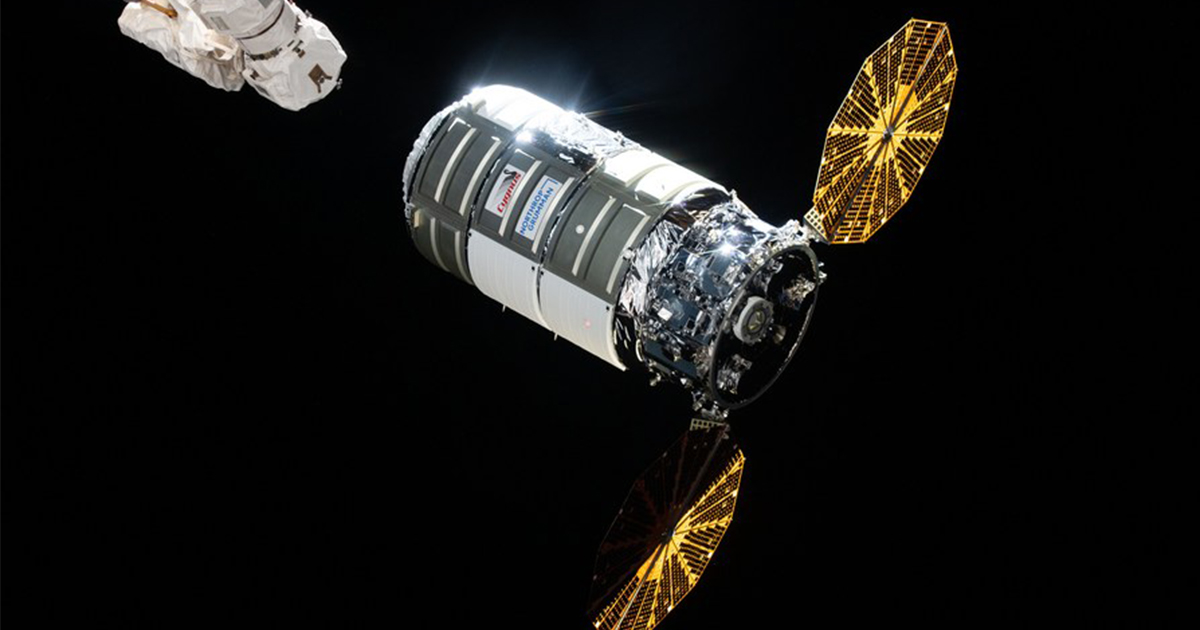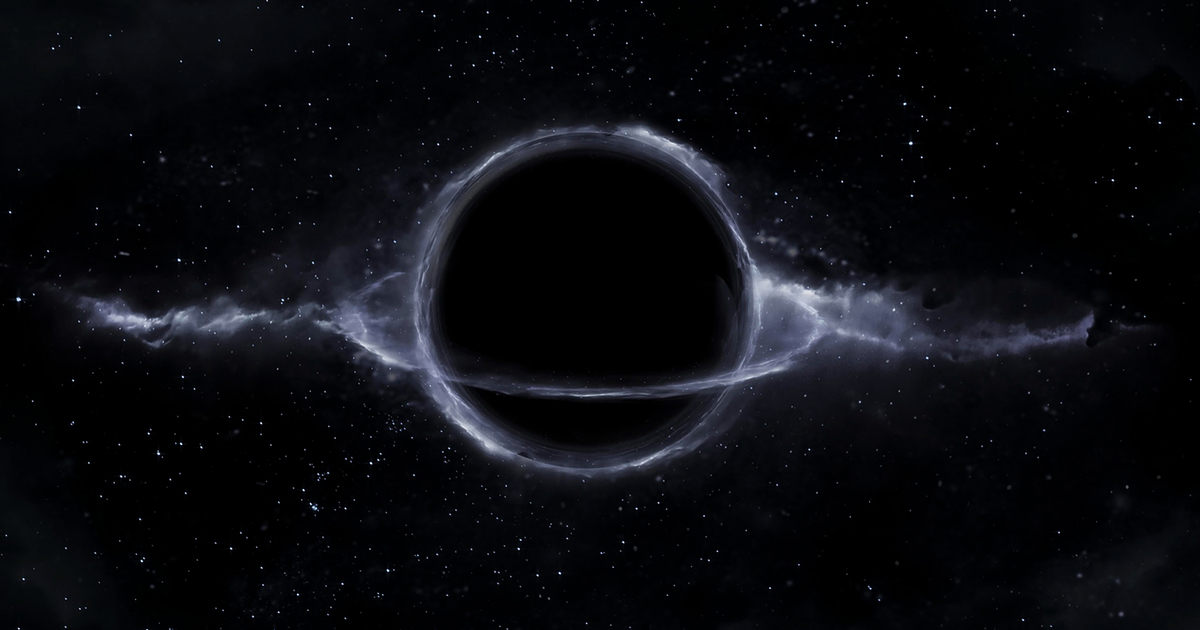
Last Updated: January 31, 2024, 09:35 AM IST.
Journey to Jupiter's Moon: The Europa Clipper Mission
A Fresh Stage in Space Exploration: NASA is preparing for a pioneering mission called Europa Clipper, aimed at exploring Jupiter’s moon, Europa.
This celestial object, covered in ice, conceals a puzzling salty ocean beneath its surface, which could provide the right conditions for life. The main goal of the mission is not to find life but to thoroughly investigate Europa’s ocean, ice shell, makeup, and geological features, providing a more detailed understanding of its potential for supporting life.
The Europa Clipper, meticulously assembled at the Jet Propulsion Laboratory, is a marvel of engineering. It boasts a suite of nine sophisticated science instruments, including a magnetometer to study magnetic fields, a mass spectrometer, and a surface dust analyzer. The mission’s camera system is set to provide the first high-resolution global map of Europa, capturing both wide and narrow-angle images. Its radar will delve into the mysteries of the ice shell, searching for water within and beneath. The mission, slated for launch from Kennedy Space Center in October, is a testament to human curiosity and the relentless pursuit of knowledge.
Navigating the Unknown: The Mission’s Course
The Europa Clipper mission is a journey of exploration and discovery. Upon its launch, the spacecraft will perform an impressive series of 45 flybys of Europa, with its closest approach bringing it within 25 kilometers of the moon’s surface. These flybys will allow the mission to gather comprehensive data on Europa’s atmosphere, surface, and interior. The spacecraft will measure the moon’s magnetic field, analyze the plasma surrounding it, and use a suite of instruments to study the surface in unprecedented detail.
Preparing for a Distant Touchdown
While the Europa Clipper is not designed to land on Europa’s surface, NASA is exploring the possibilities of a future landing mission. The agency has revealed innovative landing gear designs, resembling spider-like legs, capable of absorbing the impact of a heavy spacecraft’s touchdown. These designs are currently undergoing rigorous testing, simulating conditions on Europa’s icy terrain. Although the Europa Lander remains a proposal, the groundwork is being laid for this ambitious extension of the Clipper mission.
The Europa Clipper’s suite of instruments is poised to conduct a symphony of scientific investigations. From studying the moon’s faint atmosphere to mapping its surface in detail, each instrument plays a critical role. The spacecraft will capture stereoscopic, color images of the surface, track temperature variations, and even probe the ice shell’s depth and composition. By examining Europa’s gravitational field, scientists hope to unravel the secrets of its internal structure, providing invaluable insights into this intriguing ocean world.
The Europa Clipper mission stands at the forefront of space exploration, representing humanity’s insatiable quest to understand the cosmos. With its advanced suite of instruments and ambitious objectives, the mission is set to uncover the mysteries of Europa, inching closer to answering the age-old question of whether we are alone in the universe. As the spacecraft undergoes final preparations for its journey, the world watches with bated breath, anticipating the discoveries that lie ahead on this distant, icy moon.


